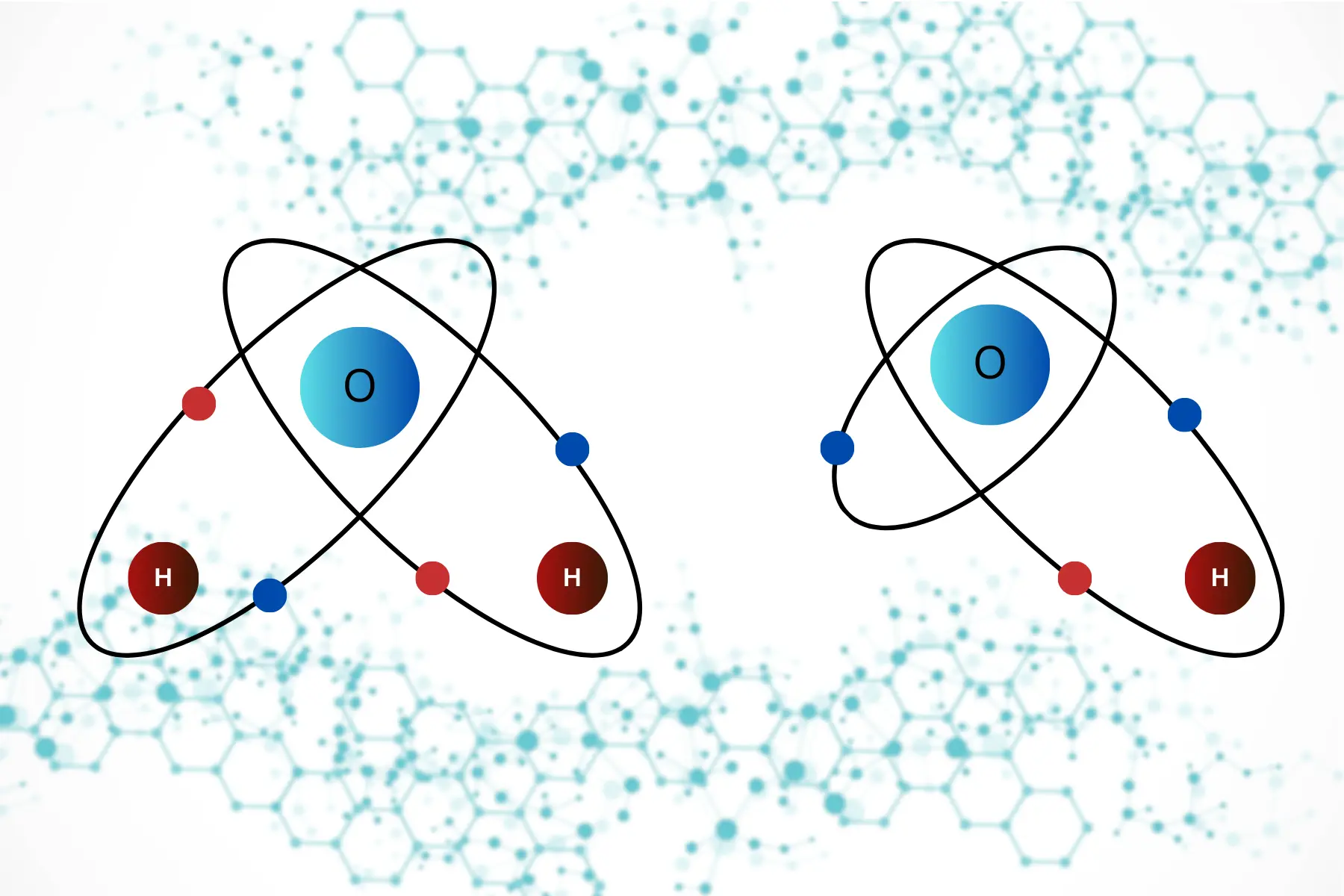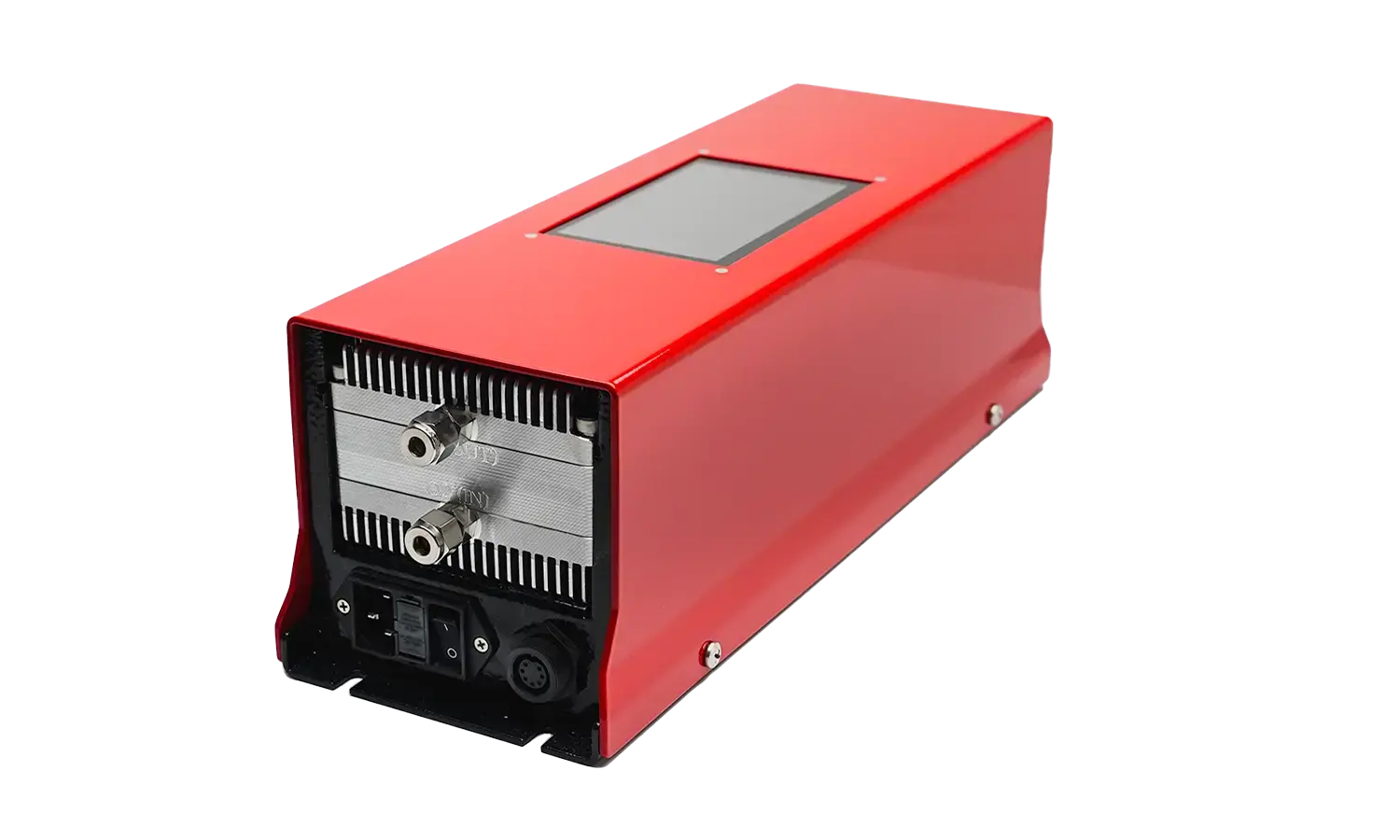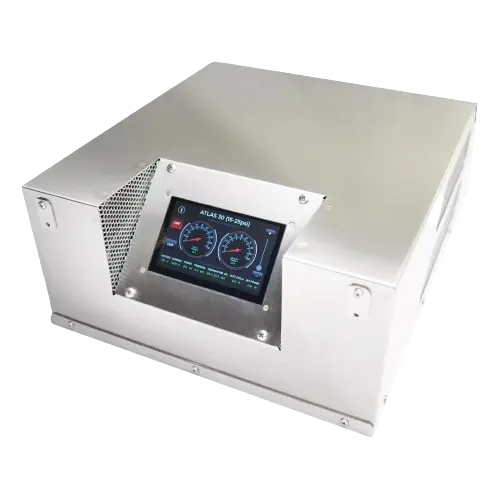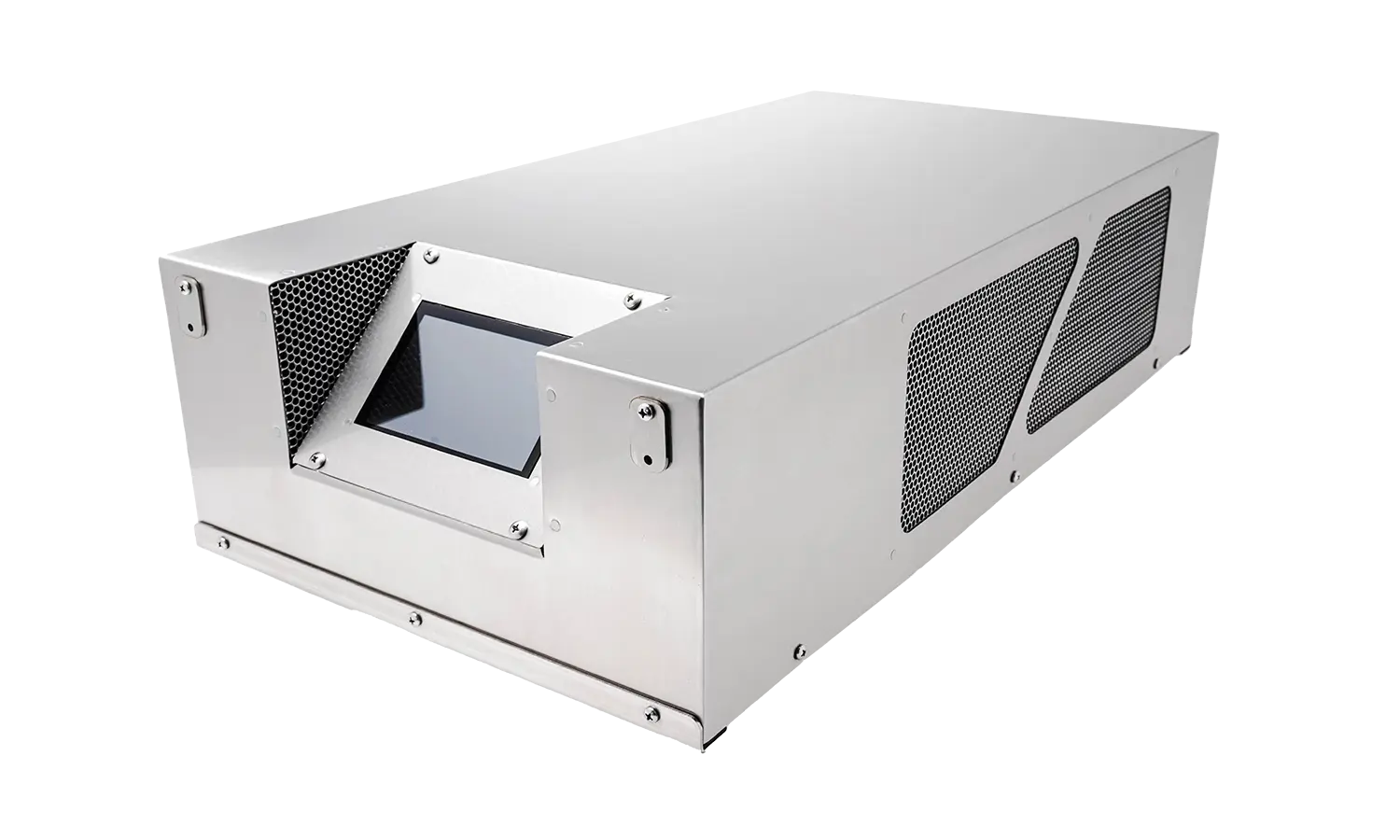Share This Story, Choose Your Platform!
The Disturbing Truth About Commercial Laundry Systems Using Ozone
Dear Friends,
Much recent hype has been about using hydroxyl radicals in water treatment technologies. However, a crucial issue in the discourse surrounding hydroxyl radicals in water treatment technologies is that while hydroxyl radicals theoretically possess high oxidizing potential and are effective in destroying pathogens, the practical application and measurement of their effectiveness pose significant challenges. I am increasingly skeptical about promoting these technologies for several compelling reasons.
Measurement and Practicality Concerns
Firstly, one of the fundamental issues with promoting hydroxyl radicals is the challenge of measurement and practicality in real-world water treatment applications. Unlike other parameters that can be easily quantified and monitored, such as pH levels or chlorine concentrations, hydroxyl radicals are not readily measurable in water treatment. This raises significant doubts about their actual presence and impact in practical settings. It’s understandable to question the validity of claims made by proponents of technologies that purportedly generate hydroxyl radicals without providing concrete information on dosing, measurement, or practical implementation.
Oxidation and Radical Generation
It is crucial to acknowledge that many common oxidizers used in water treatment processes, such as ozone, hydrogen peroxide, and even UV light, are known to generate hydroxyl radicals during the oxidation process. Therefore, the notion that one technology is superior solely because of its ability to create hydroxyl radicals is misleading and oversimplified. The focus should instead be on the overall effectiveness of the treatment method rather than a single component.

Advantages of Treatment Methods
When evaluating water treatment technologies, it is essential to consider a holistic set of criteria: effectiveness, environmental impact, and cost-efficiency. Each method has its strengths and weaknesses, and the choice should be guided by comprehensive assessments rather than isolated claims about radical formation.
Economic and Effectiveness Comparison
In our rigorous testing, ozone has emerged as a compelling choice for water treatment over alternatives like UV or hydrogen peroxide. Not only is ozone generation more economical in the long run—thanks to its ability to be produced from readily available air—but it has also demonstrated superior effectiveness based on scientific studies. This highlights the importance of evidence-based comparisons rather than relying on marketing claims centred on hydroxyl radicals.
Misleading Claims and Marketing Tactics
Finally, the insistence on highlighting hydroxyl radicals in marketing materials often correlates with technologies that may not stand up to rigorous effectiveness testing. Such claims can be seen as a tactic to deflect attention from more robust and proven water treatment methods. Comparing the situation with ozone, where residual ozone concentration can be measured and ample experimental data on its effectiveness for pathogen inactivation, highlights the lack of comparable information for hydroxyl radicals.
Your analogy to “Snake Oil” is apt. It emphasizes the need for empirical evidence and practical guidance in evaluating the effectiveness of these technologies. Without measurable results and clear guidelines for implementation, it’s difficult to justify investing time and resources into technologies based solely on claims of hydroxyl radical generation.
In conclusion, while the concept of hydroxyl radicals in water treatment is intriguing, it is essential to approach it with a critical mindset. The actual test of any water treatment technology lies not in isolated claims about radical formation but in its overall performance across key metrics of efficacy, environmental impact, and economic feasibility.

Let’s prioritize sound science and practicality in pursuing effective water treatment solutions.





